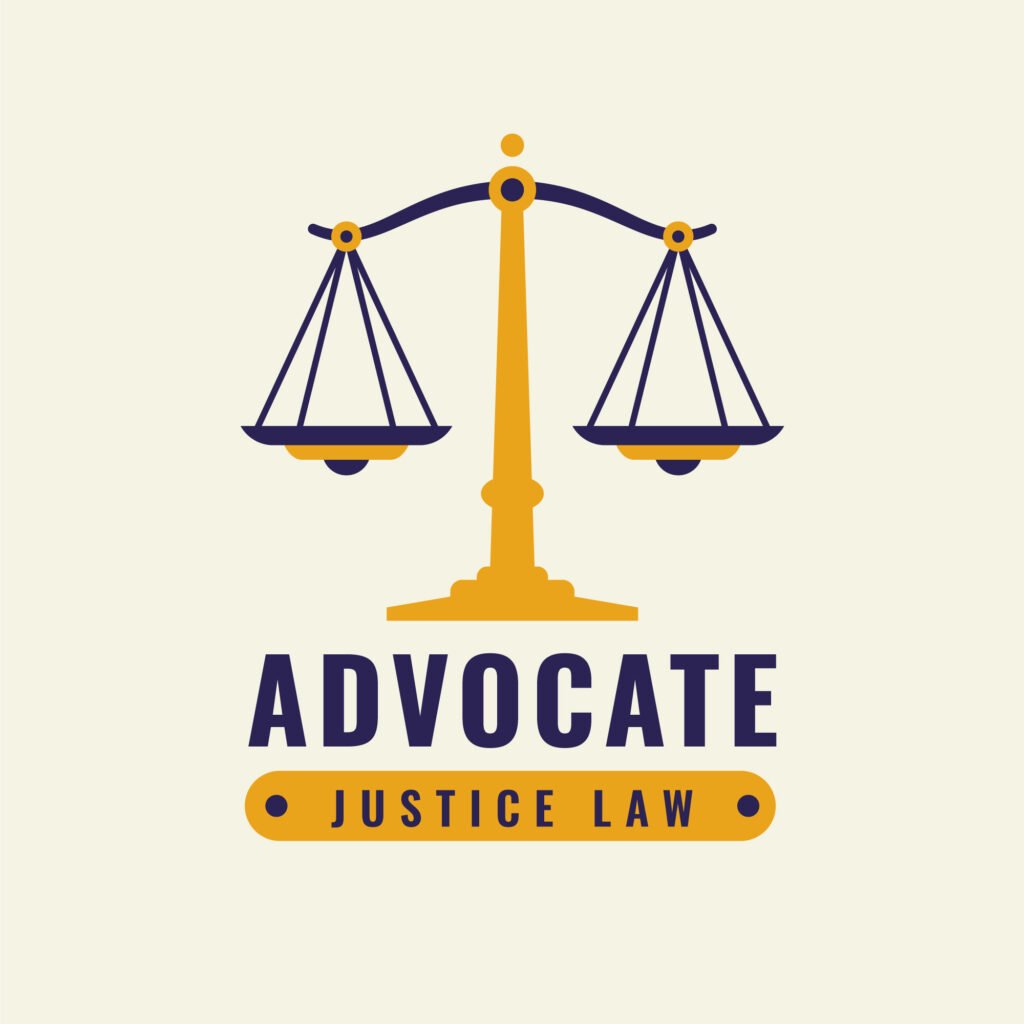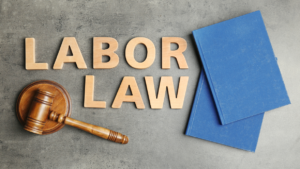
Advsaravanansukumar
Understanding Labor and Employment: Key Concepts and Dynamics
Labor and employment are fundamental aspects of any economy, encompassing the relationship between employers and employees, as well as the laws and regulations governing this relationship. Here’s a brief overview:
Labor: This refers to the pool of human resources available for work in a society or economy. It includes both skilled and unskilled workers across various sectors and industries. Labor is a key factor of production alongside capital and land.
Employment: Employment is the condition in which individuals are engaged in work or paid activities to earn a living. It can be in the form of wage labor, self-employment, or entrepreneurship. Employment rates and patterns are significant indicators of economic health and development.
Labor Market: This is the mechanism through which employers and employees interact to determine wages, working conditions, and the allocation of labor resources. It includes job seekers (supply of labor) and employers (demand for labor), as well as the dynamics of job creation, job destruction, and mobility.
Labor Laws and Regulations: Governments typically enact labor laws and regulations to govern the relationship between employers and employees, ensuring fair treatment, workplace safety, minimum wage standards, and other labor rights. These laws vary significantly across countries and regions.
Unemployment: This refers to the situation where individuals who are willing and able to work are unable to find employment. Unemployment rates are closely monitored by governments and economists as they reflect the health of the labor market and broader economic conditions.
Employment Policies: Governments often implement various policies and programs to promote employment growth, reduce unemployment, and address issues such as skills development, workforce training, and job creation in specific sectors.
Labor Unions: These are organizations formed by workers to protect their interests, negotiate with employers for better wages and working conditions, and collectively bargain on behalf of their members. Labor unions play a significant role in shaping labor markets and influencing employment policies.
Overall, labor and employment are central to economic activity and social well-being, with their dynamics influenced by a complex interplay of factors including technological advancements, globalization, demographic trends, and government policies.
